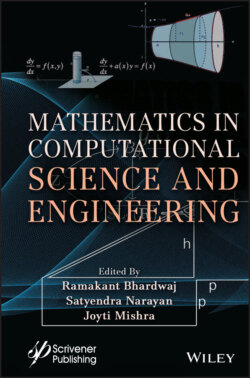Читать книгу Mathematics in Computational Science and Engineering - Группа авторов - Страница 36
1.4.2 Sensitivity Analysis
ОглавлениеThe EOQ model of Inventory Management takes over the day-by-day utilization of Inventories, the optimum estimation of the orders amount y is controlled by minimizing TCU(Y).
The study effects of change in the value of the system are displayed from Table 1.4 to Table 1.9. This is
Important Inventory Parameters (Y ∗, T0, N, LE, TCU(Y), LEd) are classified.
By Parameters 1: The set-up cost increases, diminishes, n decreases, LE decreases and LEd decrease, then The Everyday Inventory expense joined with the propounded Inventory scheme is TCU(y) diminishes.
By Parameters 2: The set-up cost increases, decreases, N decreases, LE Decreases and LEd decrease, then The Everyday Inventory expense joined with the propounded Inventory plot is TCU(Y) diminishes.
By Parameters 3: The set-up expense increases, decreases, N diminishes, LE Decreases and LEd decrease, The Everyday Inventory Cost combined with the propounded Inventory scheme is TCU(Y) diminishes.
By Parameters 4: The set-up cost expands, diminishes, N diminishes, LE Decreases and LEd decreases, The Everyday Inventory price joined with the propounded Inventory scheme is TCU(Y) Increases.
This Y* is not Trapezoidal Rule and hence it is not formed a Brownian movement, but remaining Parameters T0, N, LE, LEd, TCU(Y) is a Trapezoidal Rule. It is framed a Brownian Movement.
At last implementing Sensitivity assessment on the decision factors through changing the Inventory parameters (Y ∗, T0, N, LE, LEd, TCU(Y). In sensitivity investigation make fluctuate to the factors built into that Inventory to provide the Brownian movement. This method is generally sensitivity to change around the EOQ.
